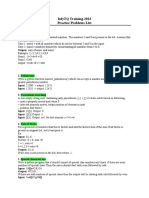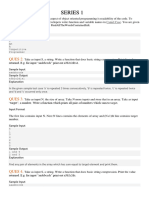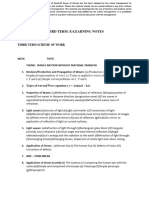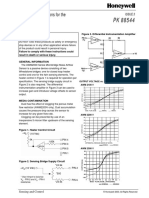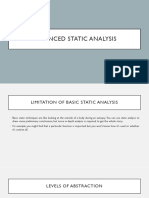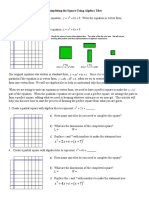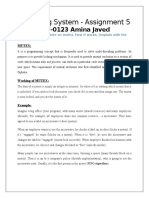0% found this document useful (0 votes)
19 views23 pagesAssignment 1
The document outlines a series of programming problems, each with a brief description, examples, and constraints. Problems include tasks such as finding two numbers that sum to a target, adding two numbers represented by linked lists, and converting integers to Roman numerals. Each problem is categorized by difficulty level and provides specific input-output examples to illustrate the expected functionality.
Uploaded by
teja48740Copyright
© © All Rights Reserved
We take content rights seriously. If you suspect this is your content, claim it here.
Available Formats
Download as DOCX, PDF, TXT or read online on Scribd
0% found this document useful (0 votes)
19 views23 pagesAssignment 1
The document outlines a series of programming problems, each with a brief description, examples, and constraints. Problems include tasks such as finding two numbers that sum to a target, adding two numbers represented by linked lists, and converting integers to Roman numerals. Each problem is categorized by difficulty level and provides specific input-output examples to illustrate the expected functionality.
Uploaded by
teja48740Copyright
© © All Rights Reserved
We take content rights seriously. If you suspect this is your content, claim it here.
Available Formats
Download as DOCX, PDF, TXT or read online on Scribd
/ 23


























